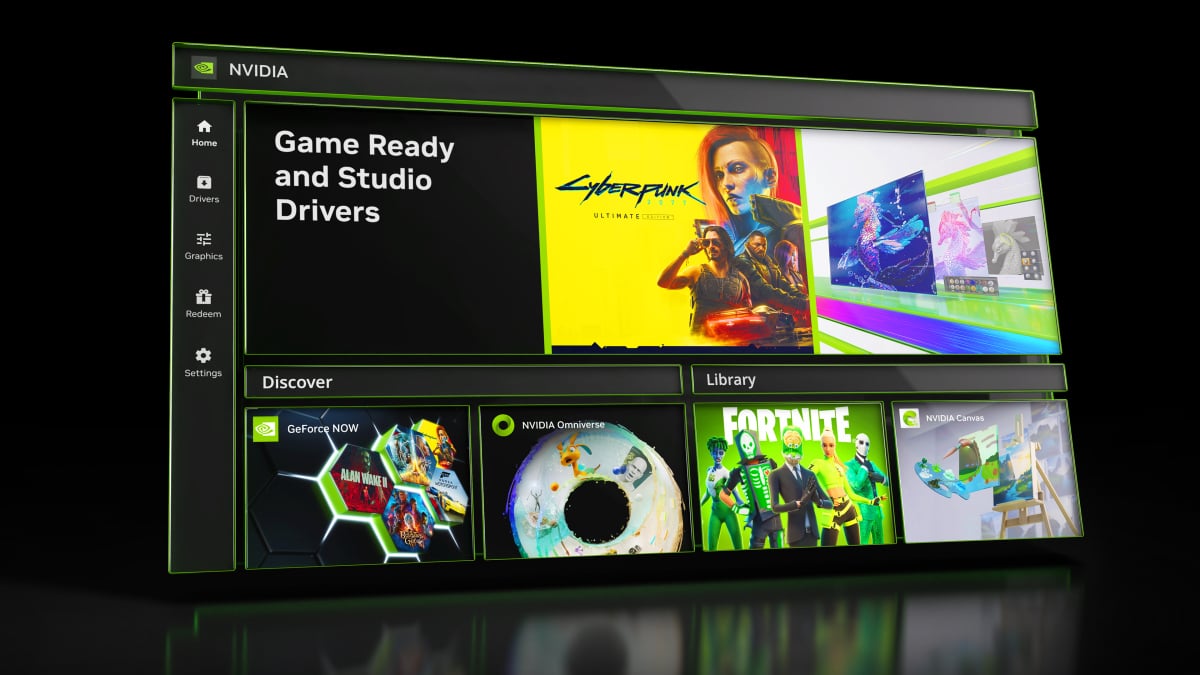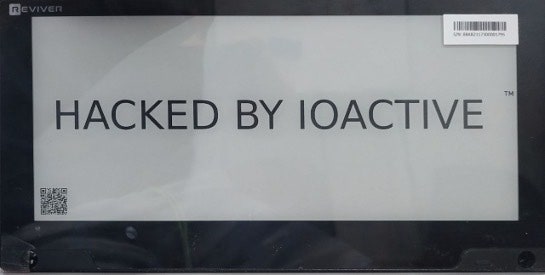following a Dec. 5 driver update that skipped GeForce Experience in favor of the Nvidia App (all future updates will follow its lead). The new app is meant to streamline the grab bag of features Nvidia has accumulated over the years, pairing its driver updating utility with a streamlined gaming overlay and improved tools for easily optimizing graphics or enabling G-Sync and other advanced settings. However, upon installing it, some gamers noticed their games running a bit more slowly.
“We’ve confirmed reports around the web that the Nvidia App using the default settings can impact gaming performance,” writes Tom’s Hardware’s Jarred Walton, “dropping frame rates by up to 15% in some cases.”
In particular, Walton saw performance drops ranging from 2% to 12% across the games he tested, which included Assassin’s Creed Mirage, Baldur’s Gate 3, Black Myth: Wukong, Flight Simulator 2024, and Stalker 2.
[…]
In a statement to Walton, Nvidia confirmed that the issue is specifically with the Game Filters and Photo Mode setting, and that the company is actively looking into a fix. So while you might not be able to play your games with an RTX HDR filter in the meantime, you’ll be able to use the rest of the app, even the overlay, as you would have before.
[…]
The simplest solution, and probably the best one for most people, is to follow Nvidia’s official advice and turn off the Game Filters and Photo Mode setting. To do this, just navigate to Settings > Features > Overlay > Game Filters and Photo Mode and toggle it off. I
Source: This Nvidia App Setting Is Tanking Your Frame Rate | Lifehacker
Which unfortunately is OK because the new app does creates problems with photos / screenshots and screen videos being way too bright, among a raft of other problems.
But you don’t need to log in to this app to get driver updates.


